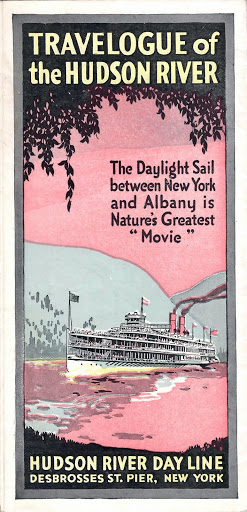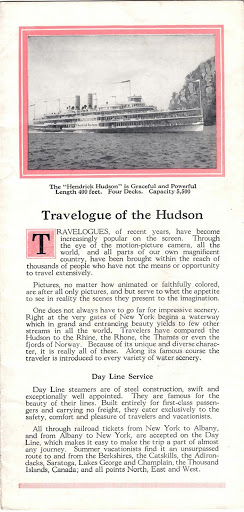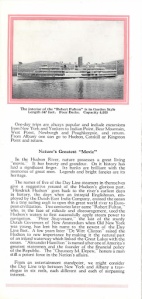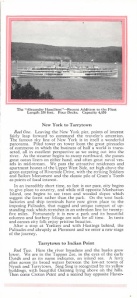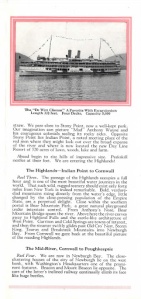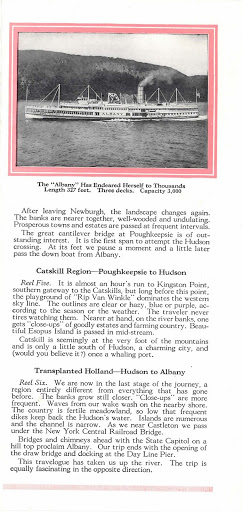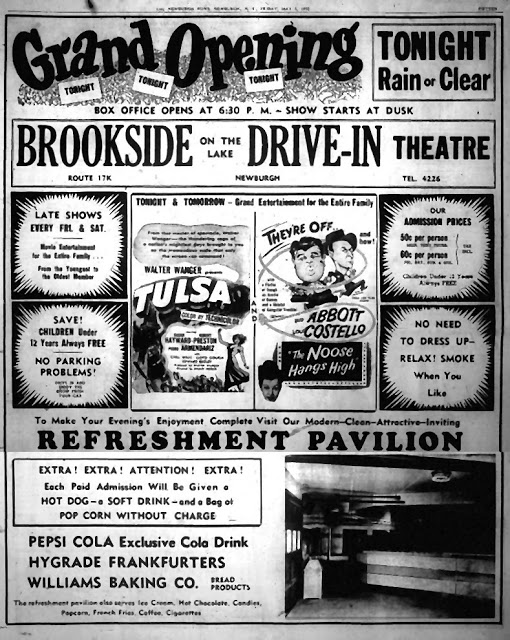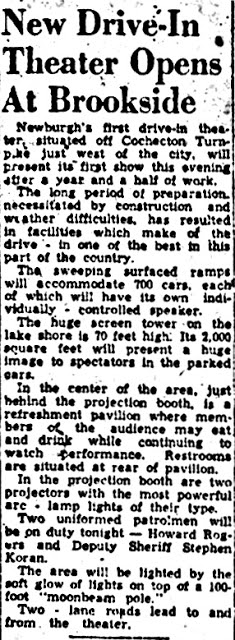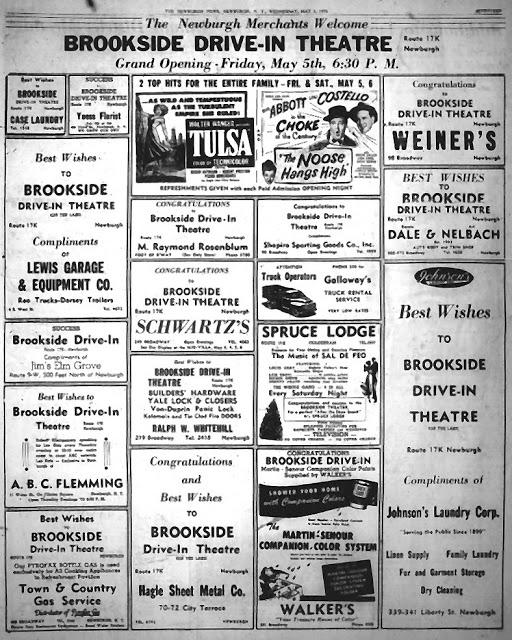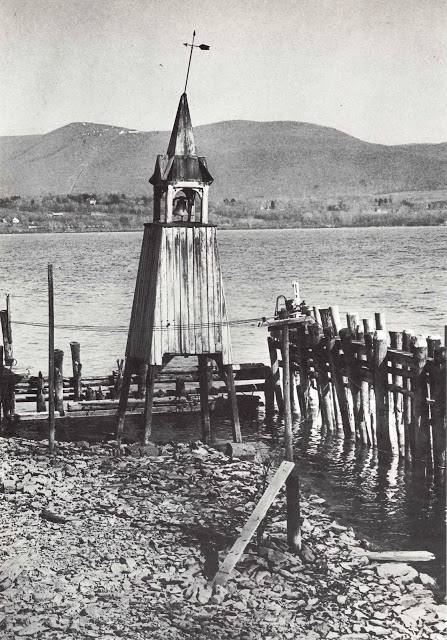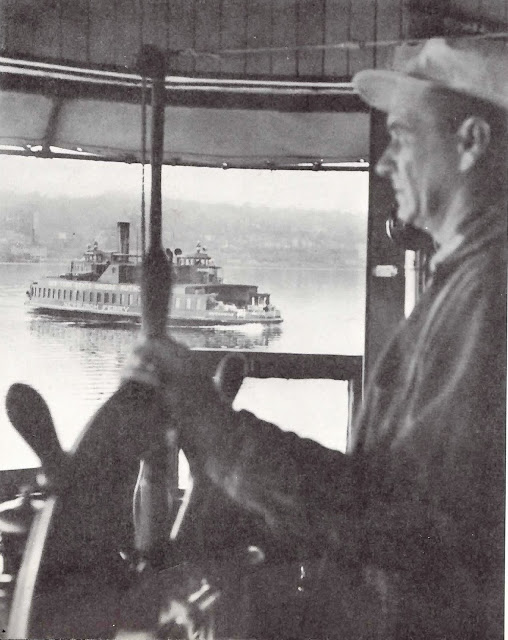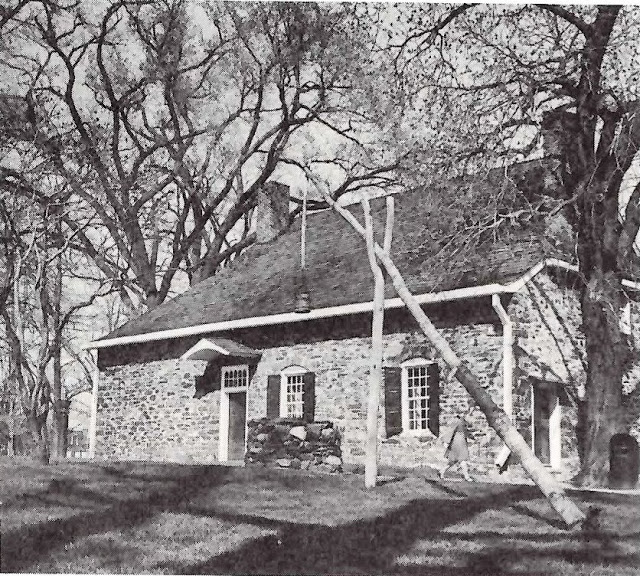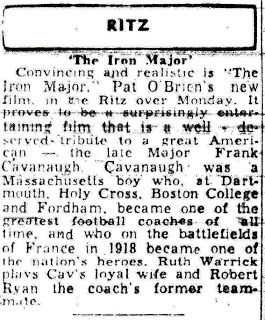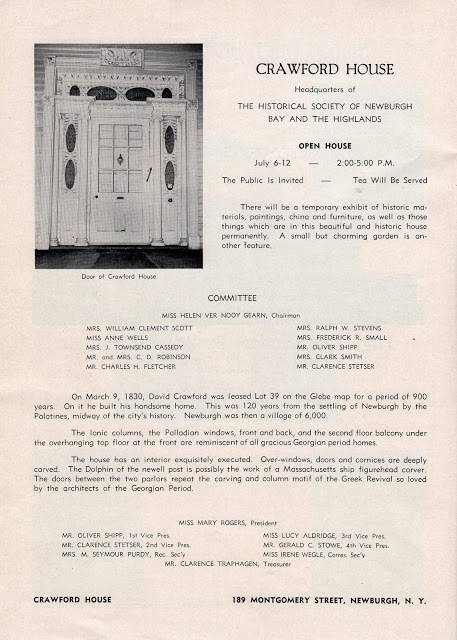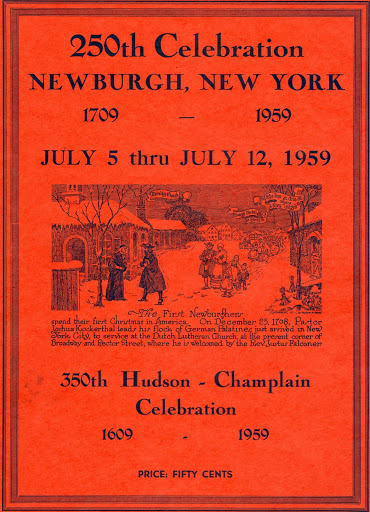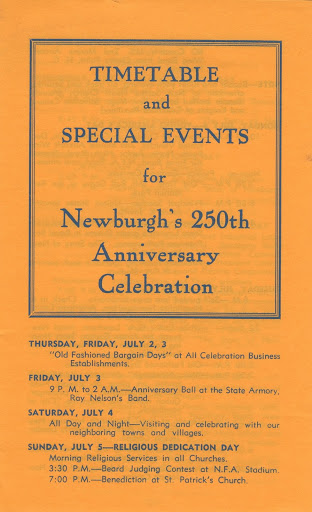The Daylight Sail between New York and Albany is Nature’s Greatest “Movie”
TRAVELOGUES, of recent years, have been increasingly popular on the screen. Through the eye of the motion-picture camera, all the world, and all parts of our own magnificent country, have been brought within the reach of thousands of people who have not the means to travel extensively.
Pictures, no matter how animated or faithfully colored, are after all only pictures, and but serve to whet the appetite to see in reality the scenes they present to the imagination.
Day Line Steamers are of steel construction, swift and exceptionally well appointed. They are famous for the beauty of their lines. Built entirely for first-class passengers and carrying no freight, they cater exclusively to the safety, comfort and pleasure of travelers and vacationists.
All through railroad tickets from New York to Albany, and from Albany to New York, are accepted on the Day Line, which makes it easy to make the trip a part of almost any journey. Summer vacationists find it an unsurpassed route to and from the Berkshires, the Catskills, the Adirondacks, Saratoga, Lakes George and Champlain, the Thousand Islands, Canada; all points North, East, and West.
One day trips are always popular and include excursions from New York and Yonkers to Indian Point, Bear Mountain, West Point, Newburgh and Poughkeepsie, and return. From Albany one can go to Hudson, Catskill or Kingston Point and return
In the Hudson River, nature possesses a great living “movie.” It has beauty and grandeur. On it history has laid a significant finger. Its banks are brilliant with the memories of great men. Legends and bright fancies are its heritage.
The names of five of the Day Line steamers in themselves give a suggestive resume of the Hudson’s glorious past. “Hendrick Hudson” goes back to the river’s earliest days in history, the days when an intrepid Englishman, employed b the Dutch East India Company, crossed the ocean in a tiny sailing craft to open this great world river to European civilization. Two centuries later came “Robert Fulton,” who, in the face of ridicule and discouragement, used the Hudson’s waters to first successfully apply steam power to navigation. “Peter Stuyvesant,” the last of the sturdy Dutch Governors of New Amsterdam when Old New York was young, has lent his name to the newest of the Day Line Fleet. A few years later, “De Witt Clinton” raised the Hudson to new importance by making it the natural part of an inland waterway which linked the Great Lakes with the ocean. “Alexander Hamilton” is named after one of America’s greatest statesmen and the founder of the financial policy of the Republic. The “Chauncey M. Depew,” honors a man still a potent force in the Nation’s affairs.
From an entertainment standpoint, we might consider the Day Line trip between New York and Albany a travelogue in six reels, each different and each of surpassing interest.
Reel One. Leaving the New York pier, points of interest fairly leap forward to command the traveler’s attention. The famous sky line of New York is in itself a wonderful panorama. Piled tower on tower loom the great pinnacles of commerce in which the business of half the world is transacted, all in excellent perspective as we swing out into the river. As the steamer begins to sweep northward, she passes great ocean-liners on either hand, and often great naval vessels mid-stream. We pass the attractive residences and apartment houses of Riverside Drive, with the striking Soldiers and Sailors Monument and the classic pile of Grant’s Tomb as points of focal interest.
In an incredibly short time, so fast is our pace, the city begins to give place to country, while still opposite Manhattan Island, one begins to see trees and wooded slopes which suggest the forest rather than the park. On the west bank factories and ship terminals have now given place to the imposing Palisades, that rugged and unique rampart of upstanding rock which stretches in an unbroken line for twenty-five miles. Fortunately it is now a park and its beautiful columns and feathery foliage are safe for all time. In tents and canoes city folk enjoy pristine beauties.
After a stop at Yonkers and with Hastings behind, the Palisades end abruptly at Piermont and we enter a new stage of the journey.
Reel Two. Here the river broadens and the banks grow lower. We are in the Tappan Zee, in the eyes of the early Dutch and as its name indicates, an inland sea. A ferry plies across its broad waters between the low-set towns of Nyack and Tarrytown. Sing Sing is recognized by its yellow buildings, with beautiful Ossining lying above on the hills. Then come Croton Point and a second bay opposite Haverstraw. We pass close to Stony Point, now a well-kept park. Our imagination can picture “Mad” Anthony Wayne and his courageous colonials scaling its rocky sides. Opposite Stony Point lies Indian Point, a noted meeting place of the red men where they might look out over the broad expanse of the river and where is now located the new Day Line Resort of 320 acres of lawn, woods, lake and farm.
Ahead begin to rise hills of impressive size. Peekskill nestles at their feet.
Reel Three. The passage of the Highlands occupies a full hour and is one of the most beautiful water journeys in the world. That such wild, rugged scenery should exist only forty miles from New York is indeed remarkable. Bold, verdure-clad mountains rising directly from the water’s edge little changed by the close-pressing population of the Empire State, are a perpetual delight. Close within the southern portal is Bear Mountain Park, a great natural playground under interstate control. From Anthony’s Nose, Bear Mountain Bridge spans he river. Above here the river curves away to Highland Falls and the castle-like architecture of West Point. Garrison and Cold Springs are towns of interest, and then the steamer swiftly glides past Old Cro’ Nest, Storm King, Taurus and Breakneck Mountains into Newburgh Bay. From Cornwall we gaze back at the beautiful picture of the receding Highlands.
Reel Four. We are now in Newburgh Bay. The close-clustering houses of the city of Newburgh lie on the west bank, with Washington’s Headquarters one of the prominent features. Beacon and Mount Beacon lie opposite. the cars of the latter’s inclined railway continually climb its face like huge beetles.
After leaving Newburgh, the landscape changes again. The banks are nearer together, well-wooded and undulating. Prosperous towns and estates are passed at frequent intervals. The great cantilever bridge at Poughkeepsie is of outstanding interest. It is the first span to attempt the Hudson crossing. At its feet we pause a moment and a little later pass the down boat from Albany.
Reel Five. It is almost an hour’s run to Kingston Point, southern gateway to the Catskills, but long before this point, the playground of “Rip Van Winkle” dominates the western skyline. The outlines are clear or hazy, blue or purple, according to the season or the weather. The traveler never tires watching them. Nearer at hand, on the river banks, one gets “close-ups” of goodly estates and farming country. Beautiful Esopus Island is passed mid-stream.
Catskill is seemingly at the very foot of the mountains and is only a little south of Hudson, a charming city, and (would you believe it?) once a whaling port.
Reel Six. We are now in the last stage of the journey, a region entirely different from everything that has gone before. The banks grow still closer. “Close-ups” are more frequent. Waves from our wake wash on the nearby shore. The country is fertile meadowland, so low that frequent dikes keep back the Hudson’s water. Islands are numerous and the channel is narrow. As we near Castleton we pass under the New York Central Railroad Bridge.
Bridges and chimneys ahead with the State Capitol on a hill top proclaim Albany. Our trip ends with the opening of the draw bridge and docking at the Day Line Pier.
This travelogue has taken us up the river. The trip is equally fascinating in the opposite direction.
